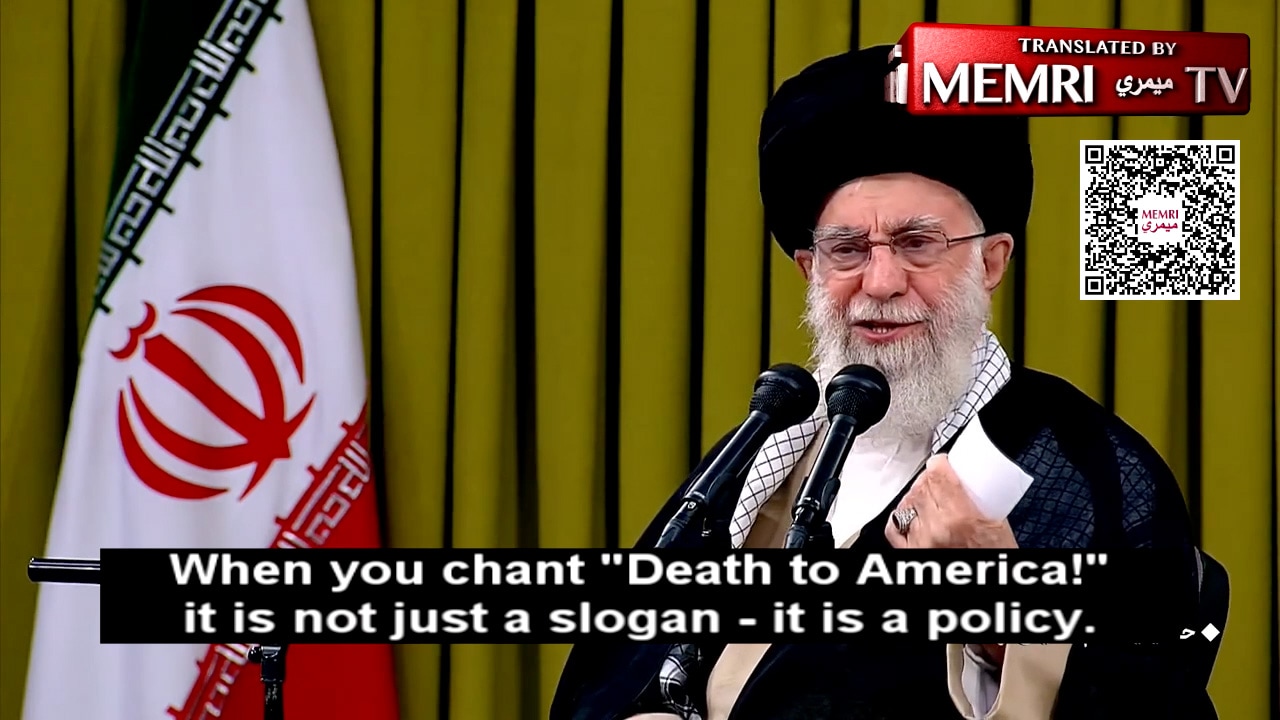On October 10, 2009, Taliban militants attacked Pakistan Army headquarters in Rawalpindi, resulting in a 19-hour siege in which 11 Pakistani soldiers, including a brigadier and a lieutenant colonel, and eight militants were killed, while one militant, Muhammad Aqeel aka Dr. Usman, was caught wounded. [1]
An individual calling himself the spokesman of the Amjad Farooqi Group of the Taliban telephoned Pakistani media groups to claim responsibility for the attack. According to a Pakistani daily, the group is named after Amjad Farooqi, "a terrorist affiliated with Al-Qaeda through [the Sunni militant organizations] Sipah-e-Sahaba and Jaish-e-Muhammad." [2] Sipah-e-Sahaba, Jaish-e-Muhammad and Lashkar-e-Jhangvi, along with some other Sunni militant groups, grew during the 1980s and the 1990s under the patronage of Pakistani military.
Pakistani security analysts have suspected another militant group led by militant commander Ilyas Kashmiri to be behind the attack on the Pakistan Army headquarters. Ilyas Kashmiri, the chief of Al-Qaeda-linked Harkat ul-Jihad al-Islami (HuJI) in Pakistani Kashmir, was reported to have been killed in a U.S. drone attack in early September 2009. [3] However, subsequent reports have noted that he is alive. [4]
In a recent report, titled "Pakistan's Merchants of Terror," an Indian website profiled the two militant organizations: the Amjad Farooq group and the Ilyas Kashmiri group. Following are excerpts from the report: [5]
"The Ilyas Kashmiri Group Has… Been Linked With Almost Every Major Terrorist Attack Within Pakistan"
"The October 10 attack on the Pakistan Army headquarters in Rawalpindi has set off a series of speculative 'news' reports: that the attackers were 'Punjabi Taliban', that they were from the Ilyas Kashmiri group, that the attackers owed allegiance to the Amjad Farooqi group, that it was carried out by the Jaish-e-Muhammad, that Lashkar-i-Jhangvi had something to do with it...."
"Confusion has been compounded by the fact that the sole terrorist captured alive on October 11 - Muhammad Aqeel alias Doctor Usman - is supposedly part of the Ilyas Kashmiri group, while the only ones to claim public credit for the attack has been the Amjad Farooqi group with which Aqeel has no known connection. Matters will hopefully become clearer once the doctors attending on Aqeel get him sufficiently recovered from his injuries to stand the rigours of questioning...."
"The Ilyas Kashmiri group has in recent times been linked with almost every major terrorist attack within Pakistan, including various attempts on the life of the then Pakistani President Pervez Musharraf, attacks on various Inter-Services Intelligence (ISI) installations, the 2008 bombing of the Marriott Hotel in Islamabad and [the one in Lahore] on the Sri Lankan cricket team in March this year."
"The Amjad Farooqi Group Has Been Operating for a Few Years Now - But Has Thus Far Kept a Very Low Profile"
"By contrast, no one has named the Amjad Farooqi group as being responsible for any of those activities, and hence it came as a surprise when a spokesman of the group telephoned a local television channel to claim credit for the attack on the army headquarters. Ironically, the Amjad Farooqi group has been operating for a few years now, but has thus far kept a very low profile, leading to a situation where others have been blamed for its actions. The group is a splinter of the Lashkar-e-Jhangvi, which was once headed by Amjad Farooqi, the person behind the killing of Wall Street Journal correspondent Daniel Pearl.
"Amjad Farooqi, popularly known as 'Bade Bhai' ["elder brother"], was killed in 2004, and the Lashkar-i-Jhangvi fragmented. One of his senior colleagues, Qari Zafar, gathered up a core group and based himself in Karachi, banking on financial support from various Saudi Arabian individuals and groups with whom Zafar has good relations. Zafar was also known to be close to Hakimullah Mehsud, the leader of the Pakistan Taliban [i.e. Tehreek-e-Taliban Pakistan], and is currently believed to be operating out of South Waziristan.
"Farooq, another of Amjad Farooqi's close associates, simultaneously formed his own outfit with the help of a bunch of Lashkar-e-Jhangvi cadres and named it the Amjad Farooqi group, trading on the name of the late Lashkar-e-Jhangvi leader with whom he is believed to have been very close.
"The group has kept its head below the radar. An exception occurred in early 2006, when Farooq and his men went to Wana in South Waziristan where they were welcomed by Haji Omer, then head of all Taliban factions in the region. [Haji Omer was killed in a U.S. drone attack in 2008.]
"It is worth noting here that South Waziristan is broadly divided into two parts - the Mehsud region and the Wazir region, inhabited by Mehsud and Wazir tribesmen respectively. On date, Waliur Rehman heads the Mehsud militants, while Mullah Nazir is head of the Wazirs. Haji Omer, during his tenure as commander-in-chief of all Taliban in the Wazir region, had welcomed militants from around the worlds - Arabs, Uzbeks, Chechens, Chinese and non-Pashtun fighters from all around Pakistan. It was in this encouraging environment that Farooq's group stabilized and grew, adding more young fighters drawn from the Punjab region to its ranks."
"Until March 2007… All the Taliban Groups Were Allowed to Conduct Their Activities Without Any Interruption"
"Once the Amjad Farooqi group gained strength, it began a program of systematic attacks, not on prominent Shi'ites as is popularly supposed, but on the ISI and Pakistan's military, which it proclaimed as the number one enemies. Locals in Wana call it the 'Bhai Jaan' group, and the Punjabis are among the most respected militants in the area. Its growing fame attracted high-profile recruits including Commander Asim, one of the terrorists involved in the December 1999 hijack of Indian Airlines Flight-814 that resulted in the freeing of Maulana Masood Azhar and two others [from a jail in Indian Kashmir].
"The media, and even experts, have tended to mix the Amjad Farooqi group with the Ilyas Kashmiri group, though the differences in their aims, ideologies and targets are very clear.
"The Farooqis are staunchly affiliated with the popular Deobandi school of thought, while Kashmiri's men are mostly Salafis or Wahabbis. Ideological differences also reflect in personnel: the Ilyas Kashmiri group is mostly staffed with former members of the Lashkar-e-Taiba, while the Farooqi group avoids recruiting from those ranks because of the Lashkar-e-Taiba's known relations with the ISI.
"Also, Ilyas Kashmiri avoids any statements or actions aimed against the Pakistani government; maintains that India is enemy number one, and is focused on attacking India not only in Kashmir but also in Afghanistan."
"Until March 2007 in Wana and its surrounding areas, all the Taliban groups were allowed to conduct their activities without any interruption. Exploiting the situation, the Uzbeks, with Haji Omer's support, started killing the local tribal chieftains that compelled Mullah Nazir to take action against them. The Amjad Farooqi group was also against Uzbek activities, thinking that such acts against the locals could risk their presence in the area.
"In early 2007, when Mullah Nazir became head of all Taliban factions in the area, he immediately ousted the Uzbeks from the Wazir region, known as Wazir-built to differentiate from Mehsud-built, along with their host Haji Omer. These Uzbeks then found shelter under the wing of Baitullah Mehsud, who opened his arms to all who had incurred Mullah Nazir's wrath."
"It Was Under [Baitullah] Mehsud's Patronage That the Amjad Farooqi Group Began To Be Known as the 'Punjabi Taliban'"
"As Mullah Nazir began getting closer to Pakistan government agencies, the Amjad Farooqi group migrated to the area controlled by Baitullah Mehsud, and from there arose the failed August 2007 attack against General Musharraf. At the time, the media said the attack was to avenge the army assault on the Red Mosque [of Islamabad], but in reality the strike had been planned well before that incident.
"It was under Mehsud's patronage that the Amjad Farooqi group began to be known as the 'Punjabi Taliban,' and increased its reputation as an anti-state actor through attacks on ISI installations, and on the Sri Lankan cricket team and other incidents. The group also abducted USAID official Stephen Deviancy, intending to negotiate the release of some of its arrested members, but ended up killing the American instead.
"The media, for its part, mixed up the real Punjabi Taliban with a group of the Tehreek-e-Taliban Pakistan (TTP) under militant commander Qari Hussain that carried out a ruthless attack earlier this year against an Imam Dargah [Shi'ite mosque] in Chakwal town [ in Punjab province].
"Over time, the Amjad Farooqi group has devised its modus operandi - a senior member travels to the area where its next target is located, and local TTP commanders provide the logistics and personnel for the strike. It is this that explains why Aqeel, known for his connections with the Ilyas Kashmiri group, was involved in the Amjad Farooqi group's attack on the army headquarters.
"Given its anti-state bias, members of the Amjad Farooqi group have been targeted by the Pakistan military and police forces and several of their cadres are in custody. Of late, the Amjad Farooqi group - the 'real' Punjabi Taliban - has been carrying out attacks designed to free their cadres, and the attack on the army headquarters was one such attempt that failed."
"The Fallacy in the Media Reasoning Has Been That the Latest Attack Was Planned By the TTP as a Counter to the Security Operations in South Waziristan"
"The fallacy in the media reasoning has been that the latest attack was planned by the TTP as a counter to the security operations in South Waziristan.
"What such analysis fails to consider is that such attacks are not planned and executed overnight - the attack on the Pakistan Army headquarters has been in the planning stages for a year or so before it was actually carried out, and is part of the group's stated intent to hit hard at Pakistani officialdom."
Endnotes:
[1] Associated Press of Pakistan (www.app.com.pk ), Pakistan, October 11, 2009.
[2] Daily Times, Pakistan, October 12, 2009.
[3] The News, Pakistan, September 17, 2009.
[4] Daily Times, Pakistan, October 15, 2009.
[5] www.rediff.com, India, October 15, 2009. The report has been lightly edited for clarity.








